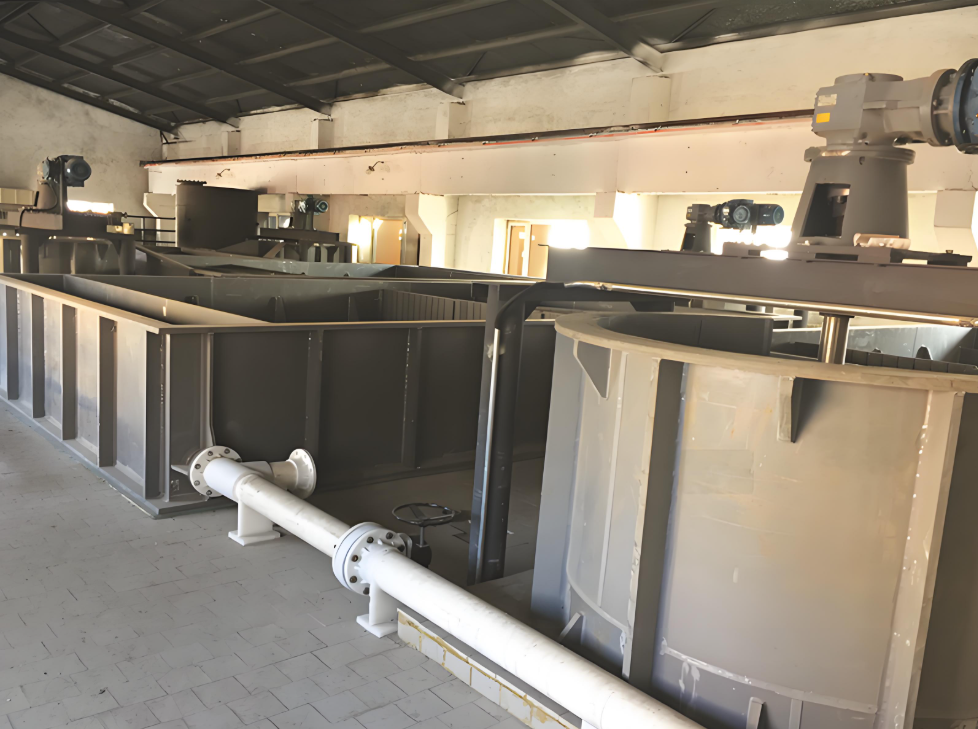NEWS&EVENTS
Home > News&Events > Company news > Key factors for extracting tantalum and niobium and optimization of extraction equipment
In the field of rare metal extraction, tantalum and niobium are widely used in high-end manufacturing due to their excellent properties. As an extraction equipment manufacturer, we understand the importance of extraction process stability to the purity and recovery rate of tantalum and niobium products. This article will combine the three core parameters with the equipment design principles to provide solutions for the industry.

1. Extraction agent selection
The performance of the extractant is crucial to the extraction effect of tantalum and niobium. The performance of the extractant has a significant impact on the extraction effect of tantalum and niobium, and the selectivity of different extractants varies significantly. Methyl isobutyl ketone has strong extraction ability and fast stratification with the aqueous phase. It is a commonly used extractant, but attention should be paid to the sealing of the equipment; sec-octylphenoxyacetic acid has better selectivity for niobium at low acidity and is suitable for specific scenarios.
2. Aqueous phase acidity control
Acidity is the core parameter that affects the separation effect of tantalum and niobium. In the hydrofluoric acid system, changes in acidity directly affect the extraction rate of the two. As the acidity increases, the tantalum extraction ability increases, and the niobium extraction first increases and then decreases. For example, when the hydrofluoric acid concentration is 2 mol/L, the tantalum extraction rate is as high as 95%, and the niobium is about 60%, which is conducive to preliminary separation. Therefore, the equipment design fully considers the accuracy and stability of acidity control.
3. Temperature and stirring intensity
Temperature and stirring intensity are also important factors affecting the extraction effect. Too high temperature will lead to increased volatilization loss of the extractant, so our equipment usually controls the operating temperature between 20-40℃. At the same time, the choice of stirring intensity is also crucial. Too strong stirring will cause the organic phase and the aqueous phase to emulsify and make it difficult to separate; too weak stirring will result in insufficient mixing and reduced extraction rate. Therefore, our equipment optimizes the design of the stirring system to ensure that it can be completely separated within 3-5 minutes after mixing to achieve the best extraction effect.
As an extraction equipment manufacturer, we are always guided by process needs, and through multidisciplinary cross-innovation such as material science, fluid mechanics, and automatic control, we continue to optimize equipment performance and help the tantalum niobium industry transform and upgrade towards green and intelligent directions.